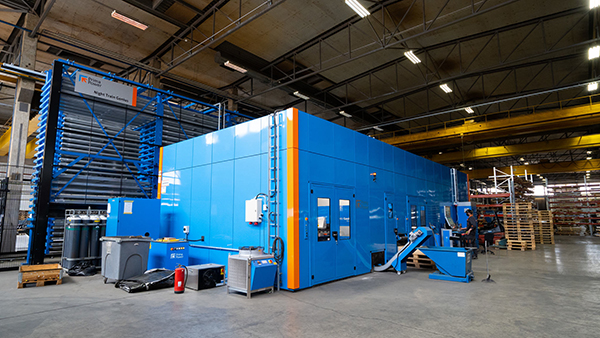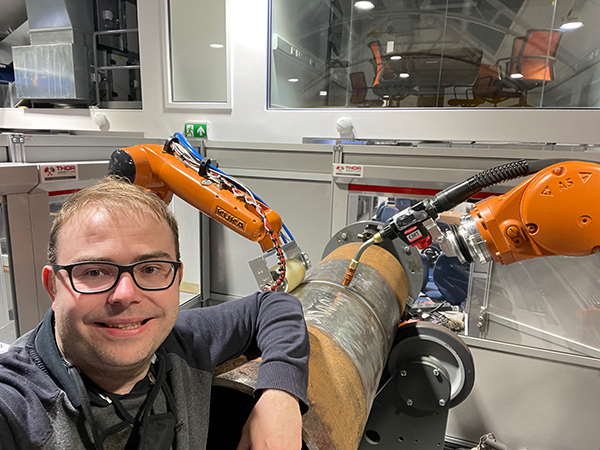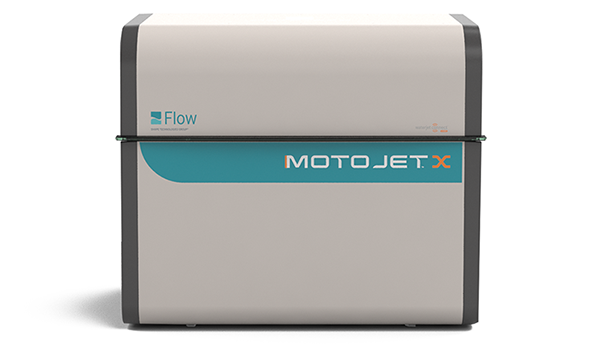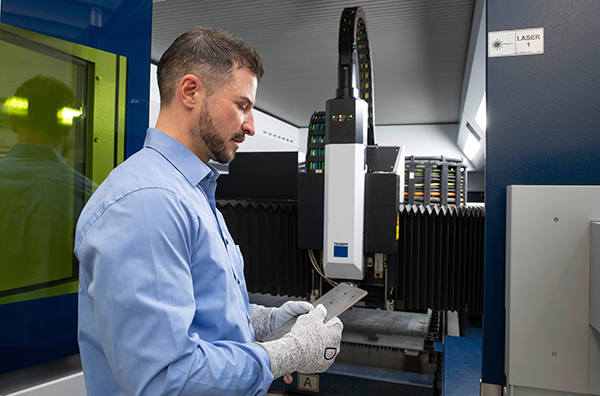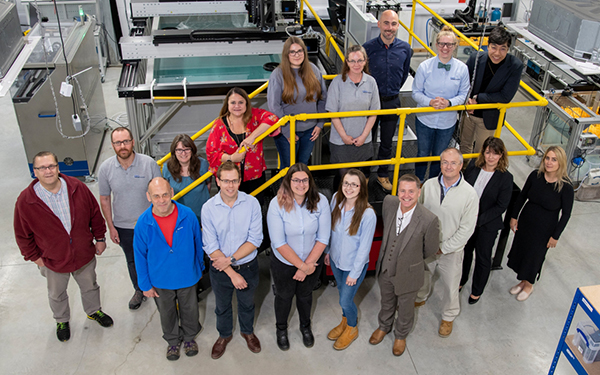
Lankapaja Corporation, one of the biggest and best-known sheet metal subcontractors in Finland, has invested in Prima Power’s Night Train FMS automated storage solution for its Nummela facility. The solution includes a new Combi Genius 1530 combi laser machine, which brings together laser cutting and punching technology with an automatic LSR loading and stacking robot.
“With automation we could reduce the number of different machines, increase production efficiency and lower costs,” explains R&D manager Christian Öberg.
According to Öberg, automation is one of the elements perceived as a guarantee that a supplier will be able to offer its customers competitive prices now and in the future.
“We do a lot of small runs, making shift times important,” he says. “This is why we chose the most flexible sheet metal machine on the market: Prima Power’s combi laser. It can run even small batches efficiently.”
Lankapaja runs the machines in two shifts, totalling about 8-12 hours of effective operating time per day, per machine. With the help of the automated storage solution, the goal is to reach 15-20 operating hours per day, per machine: a huge increase in productivity that will not trigger the additional costs of manual alternatives.
Jon Törnwall, IT manager at Lankapaja, goes further into the details: “This requires a new kind of thinking for programming and job queue planning. We investigated this at length and noticed that most waste in production comes specifically from the picking, loading and unloading of sheet metal. We believe we will reach our goal by automating these steps and that in the future, with the help of the storage solution, we will manage the same amount of work with two machines as we do now with three machines.”
For further information
www.primapower.com






